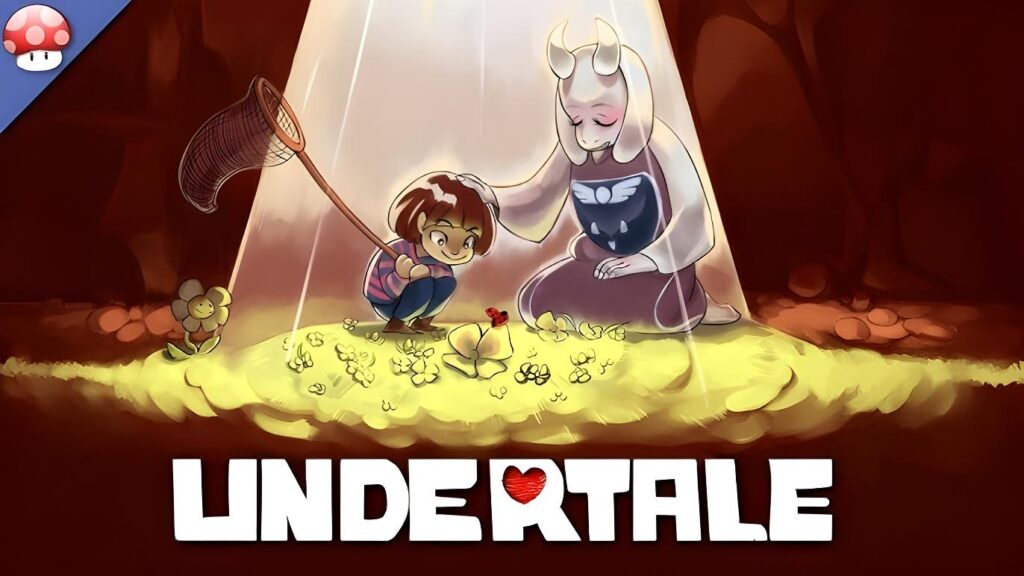In the rapidly evolving landscape of the gaming industry, the role of a freelance game designer has become increasingly pivotal. With the rise of independent game development and the democratization of game creation tools, freelance designers are now able to create captivating concepts on flexible budgets. This article delves into the intricacies of freelance game design, exploring methodologies, tools, and real-world examples that illustrate how designers can thrive in this dynamic environment.

The Freelance Game Design Landscape
The freelance game design market has seen significant growth, with a report from Statista indicating that the global video game market is projected to reach $314.40 billion by 2026, growing at a CAGR of 9.64% from 2021 to 2026 (Statista, 2021). This growth has opened up numerous opportunities for freelance designers, who can leverage their skills to create innovative games without the constraints of traditional studio environments.
Understanding the Role of a Freelance Game Designer
A freelance game designer is responsible for conceptualizing and developing game mechanics, narratives, and user experiences. Unlike in-house designers, freelancers often juggle multiple projects, requiring them to be adaptable and resourceful. They must possess a diverse skill set that includes:
- Game Mechanics Design
- Narrative Development
- User Interface (UI) and User Experience (UX) Design
- Prototyping and Playtesting
- Project Management
According to a survey conducted by the International Game Developers Association (IGDA) in 2021, 43% of game developers identified as freelancers or independent developers, highlighting the significant presence of freelancers in the industry (IGDA, 2021).
Creating Captivating Concepts on a Flexible Budget
One of the primary challenges for freelance game designers is creating engaging game concepts while adhering to budget constraints. Here are several strategies that can help designers achieve this goal:
1. Lean Game Design Principles
Adopting lean game design principles can significantly enhance a designer’s ability to create captivating concepts on a budget. Lean design emphasizes rapid prototyping, iterative development, and user feedback. By focusing on the core mechanics and minimizing unnecessary features, designers can allocate resources more effectively.
For instance, the indie game “Celeste,” developed by Maddy Makes Games, was created with a small team and a limited budget. The developers focused on refining the core gameplay mechanics and iterating based on player feedback, resulting in a critically acclaimed title that won several awards, including the Best Independent Game at The Game Awards 2018.
2. Utilizing Game Development Tools
Freelance designers can leverage a variety of game development tools that are both cost-effective and powerful. Platforms such as Unity and Unreal Engine offer free versions with extensive resources, allowing designers to create high-quality games without significant upfront costs. Additionally, tools like GameMaker Studio and Construct provide user-friendly interfaces for rapid prototyping.
According to a report by Newzoo, 50% of game developers use Unity as their primary game engine, highlighting its popularity and versatility (Newzoo, 2021). This widespread adoption is indicative of the engine’s ability to cater to both indie developers and larger studios, making it an ideal choice for freelancers.
3. Crowdsourcing Ideas and Funding
Freelance designers can also tap into crowdsourcing platforms to gather ideas and secure funding for their projects. Websites like Kickstarter and Indiegogo allow designers to present their concepts to potential backers, enabling them to gauge interest and secure financial support before full-scale development begins.
A notable example is “Shovel Knight,” developed by Yacht Club Games. The game was funded through Kickstarter, raising over $300,000 from more than 14,000 backers. This funding allowed the small team to develop a game that would go on to become a beloved classic, demonstrating the power of crowdsourcing in the indie game development space.
4. Networking and Collaboration
Building a strong network is crucial for freelance game designers. Collaborating with other freelancers or small teams can lead to innovative ideas and shared resources. Online platforms such as Discord, Reddit, and specialized forums provide opportunities for designers to connect, share knowledge, and collaborate on projects.
For example, the game “Among Us,” developed by InnerSloth, was created by a small team of three developers. Their ability to collaborate effectively and leverage their individual strengths allowed them to create a game that gained immense popularity, particularly during the COVID-19 pandemic. The game’s success underscores the importance of collaboration in the freelance game design landscape.
Real-World Examples of Successful Freelance Game Design
Several successful games have emerged from freelance designers who have effectively navigated the challenges of budget constraints and project management. Here are a few notable examples:
1. “Stardew Valley”
Developed by Eric Barone, “Stardew Valley” is a farming simulation game that was created by a single developer over four years. Barone utilized his programming and art skills to design the game, which was released on a modest budget. The game has sold over 10 million copies across various platforms, demonstrating that a well-executed concept can achieve commercial success even with limited resources (Steam, 2021).
2. “Undertale”
Toby Fox’s “Undertale” is another prime example of successful freelance game design. Created by a solo developer, the game was developed on a budget of approximately $50,000. Its unique storytelling, innovative mechanics, and retro aesthetic resonated with players, leading to over 5 million copies sold by 2021 (Toby Fox, 2021). The game’s success illustrates how a compelling narrative and engaging gameplay can captivate audiences without requiring a large budget.

“Undertale” is an example of freelance success with a limited budget.
Challenges Faced by Freelance Game Designers
While the freelance game design landscape offers numerous opportunities, it is not without its challenges. Freelancers often face issues such as inconsistent income, difficulty in finding clients, and the need for self-discipline. According to a survey by the Freelancers Union, 63% of freelancers reported that inconsistent income was their biggest challenge (Freelancers Union, 2020).
Additionally, freelancers must be adept at marketing themselves and their work. Building a strong online presence through social media, personal websites, and portfolios is essential for attracting clients and showcasing their skills. Networking within the gaming community can also lead to valuable connections and potential collaborations.
Conclusion
Freelance game designers have the unique opportunity to create captivating concepts on flexible budgets by leveraging lean design principles, utilizing powerful development tools, and engaging in crowdsourcing and collaboration. Real-world examples such as “Celeste,” “Stardew Valley,” and “Undertale” demonstrate that with creativity, resourcefulness, and effective project management, freelancers can achieve remarkable success in the gaming industry. However, they must also navigate challenges such as inconsistent income and self-promotion. By embracing these strategies and continuously honing their skills, freelance game designers can thrive in this dynamic and rewarding field.

